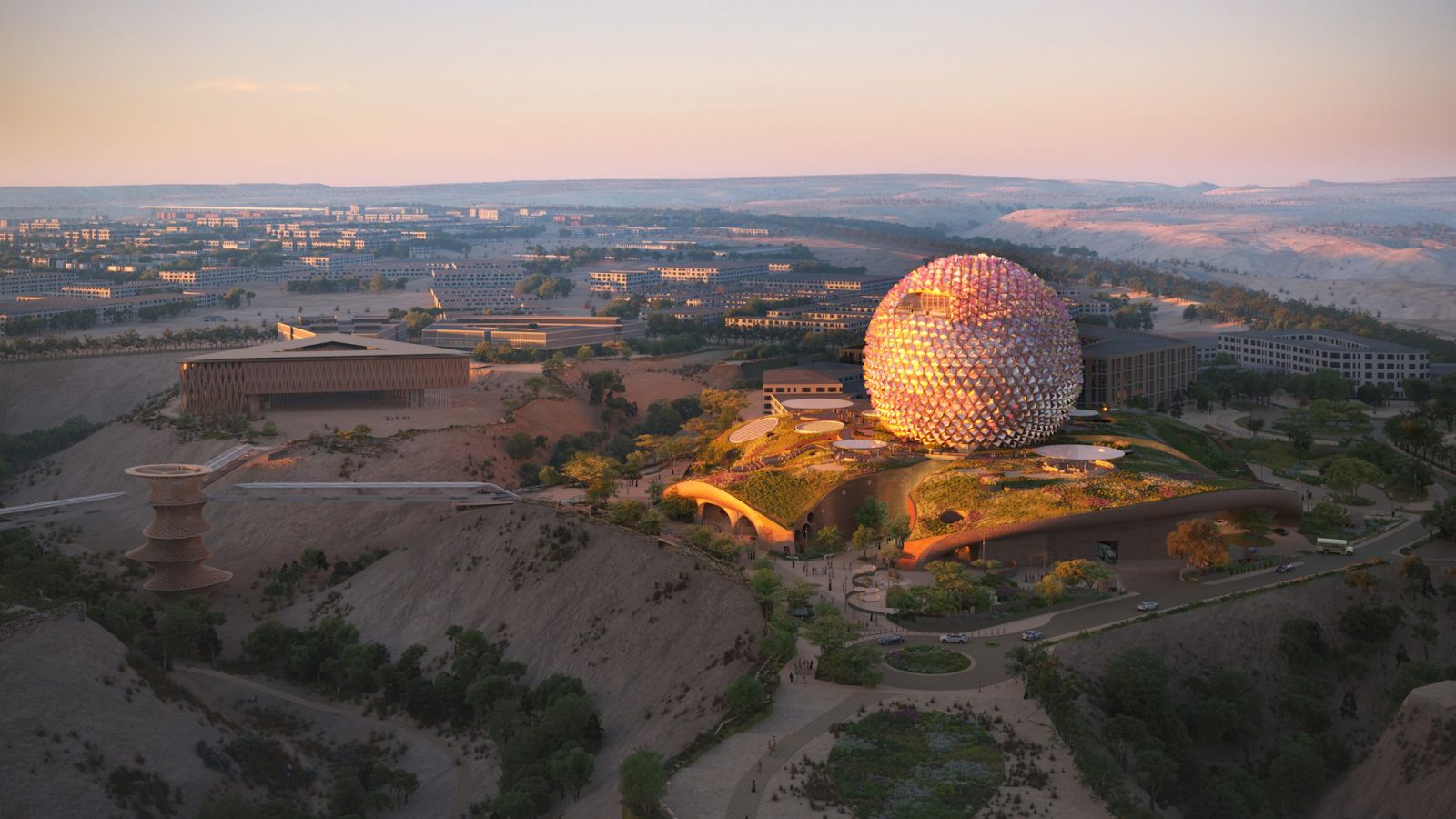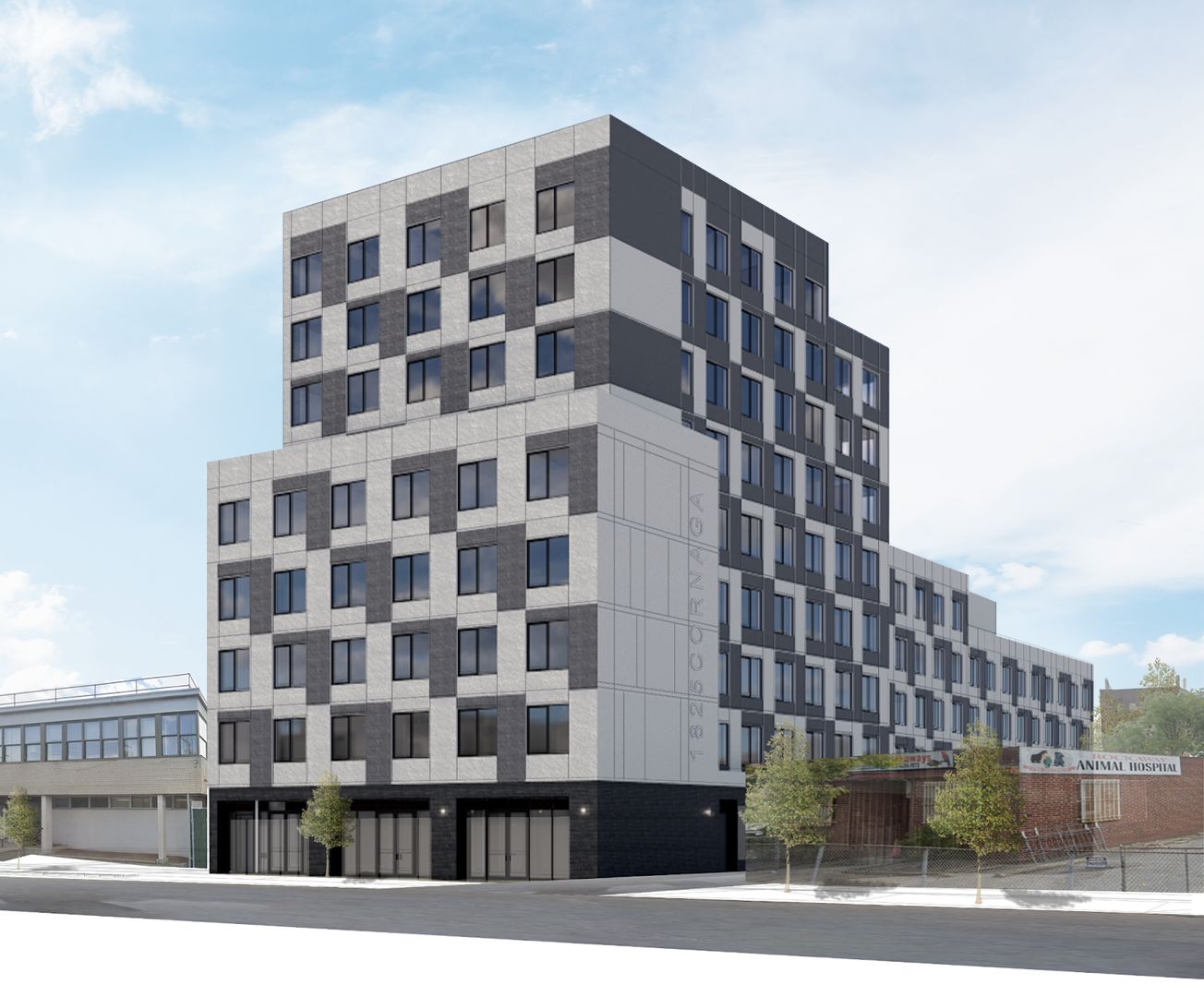2025-10-26
Lauren Rodriguez
Design Dispatch, New York

From Riyadh’s Cultural Hubs to NYC’s Towers: Hyunsoo Cho, The Architectural Designer Designing for Human Dignity
From a major cultural complex in Riyadh, Saudi Arabia, to key residential developments across New York City, architectural designer Hyunsoo Cho merges technical precision with a human-centered sensibility. Trained at the Pratt Institute in New York, her work spans continents yet remains anchored in a single conviction—that architecture, at its best, must serve human dignity.
Cho identifies her first visit to the 9/11 Memorial in New York as a seminal moment, realizing that architecture is not merely structure, but “the art of creating emotion-driven space.” Her education at Pratt Institute laid the foundation for a balanced methodology she considers essential to design rigor. *“I prioritized learning digital tools while simultaneously developing my hand-drawing and model-making skills. This balance between digital and analog ultimately determines the depth of architectural thinking.”
This dual approach continues to define her process—demanding both advanced technical control and a deep sensitivity to human experience in every project.
While at wHY Architects, Cho explored how architecture could generate social resonance through international cultural projects. The most defining of these was the ILMI Science Discovery & Innovation Center in Riyadh.
As the sole interior designer for the 33,000㎡ cultural and educational facility, she was responsible for key spaces—including the lobby, café, prayer rooms, and classrooms—creating a cohesive narrative of “felt learning.”
“Science and design stem from the same curiosity,” she explains. “This project proved that human sensibility can coexist with technical complexity.”
Led by the Misk Foundation and featured in Arab News and MEED, the project highlighted her exceptional ability to blend empathy with large-scale innovation.

ILMI Science Discovery & Innovation Center © wHY Architects
Currently at J Frankl Architects, Cho leads major mixed-use and residential projects throughout New York City. She has directed all stages—from zoning and façade articulation to public space planning—for significant developments. Noteworthy contributions include 18–11/18–25 Cornaga Avenue in Far Rockaway, where she served as the sole designer, and 100 Fleet Place in Downtown Brooklyn, where she oversaw interior design.
“Residential architecture is not just space; it’s the vessel for one’s life,” she states. “Creating that ‘place where one truly wants to live’ is a designer’s ethical responsibility.”
Her projects contribute new models for urban residential living, earning attention from industry publications.

18–25 Cornaga Ave © J Frankl Architects
While proficient in industry-standard tools like Revit, Rhino, and D5 Render, Cho emphasizes that technology should amplify—not replace—human creativity. Her essay, “The Secret Weapon of a New York Architectural Designer: The Neuron Portfolio Strategy,” published on Medium’s Design Bootcamp, explores how digital workflows can deepen architectural thought.
“Technology expands thought,” she notes, “but design always begins with people. Dialogue and empathy are what make space emotionally real.”
Her engagement extends beyond the built environment into writing, exhibitions, and education—including contributions to the Center for Architecture’s Family Program, guest critiques at Pratt Institute, and exhibition assistance at the Korean Cultural Center New York. Her design work has also been featured at the Seoul Biennale Global Exhibition (“Emotionally Yours, Seoul”) and Charlotta Gallery’s “Minimalist” Exhibition.

Dividing Lines by Hyunsoo Cho (2025) — Upcoming “Minimalist” Exhibition at Charlotta Gallery © Hyunsoo Cho
Cho’s architecture exists at the critical intersection of grand scale and refined sensitivity. From Riyadh’s cultural landmarks to New York’s urban housing, her body of work embodies one clear conviction:
The future of architecture lies not in purely technological progress, but in continually rediscovering and spatially realizing humanity.